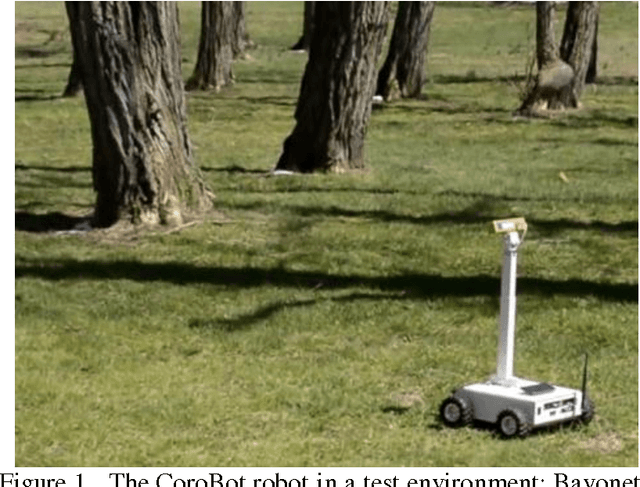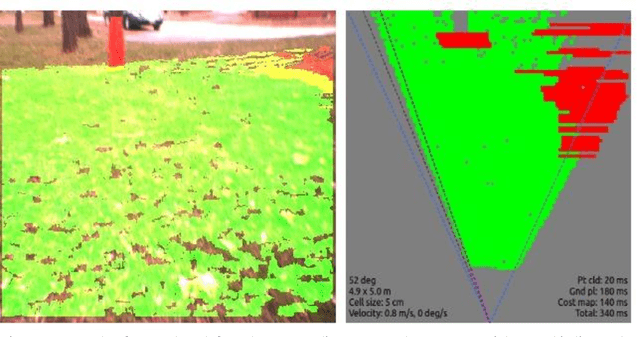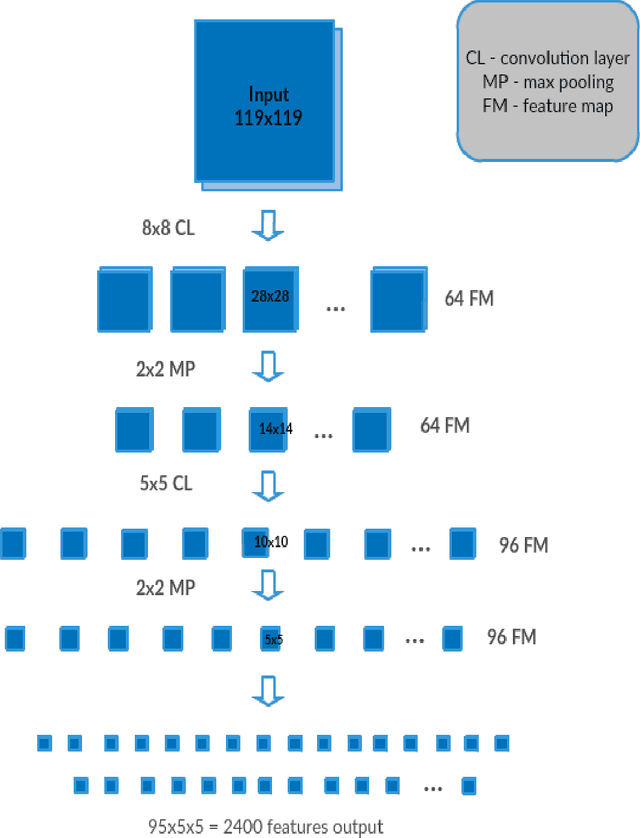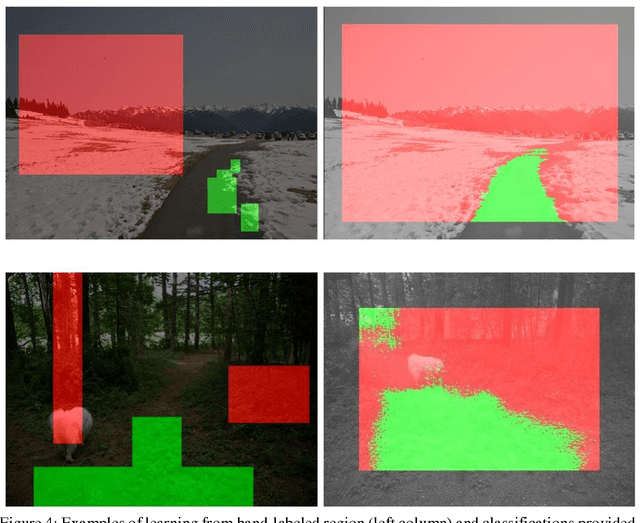Get our free extension to see links to code for papers anywhere online!Free add-on: code for papers everywhere!Free add-on: See code for papers anywhere!
L. D. Jackel
Fast Incremental Learning for Off-Road Robot Navigation
Jun 26, 2016Authors:Artem Provodin, Liila Torabi, Beat Flepp, Yann LeCun, Michael Sergio, L. D. Jackel, Urs Muller, Jure Zbontar
Figures and Tables:







Abstract:A promising approach to autonomous driving is machine learning. In such systems, training datasets are created that capture the sensory input to a vehicle as well as the desired response. A disadvantage of using a learned navigation system is that the learning process itself may require a huge number of training examples and a large amount of computing. To avoid the need to collect a large training set of driving examples, we describe a system that takes advantage of the huge number of training examples provided by ImageNet, but is able to adapt quickly using a small training set for the specific driving environment.
Via
 Add to Chrome
Add to Chrome Add to Firefox
Add to Firefox Add to Edge
Add to Edge